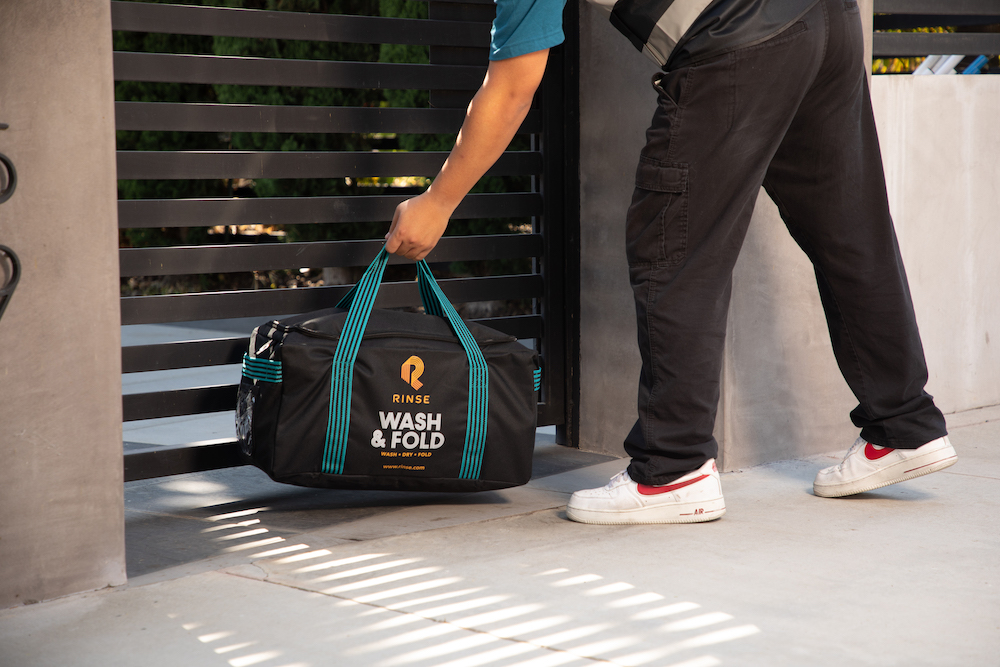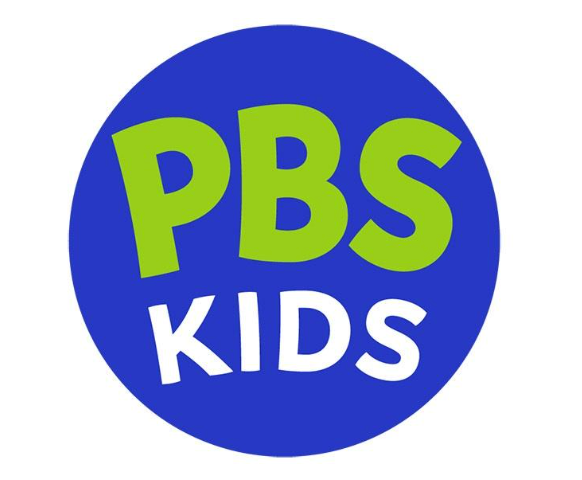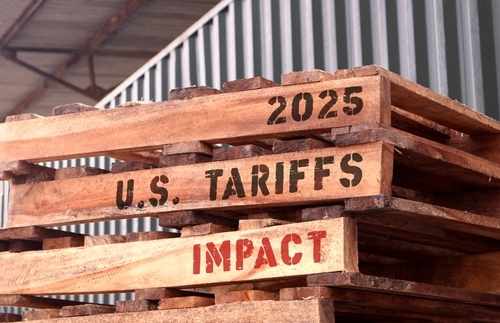After serving as an advisor to the company for several years, Jennifer Betka has stepped into the Chief Marketing Officer role at Rinse, a tech-enabled laundry and dry cleaning delivery service operating in 13 cities across North America.
For Betka, who’s held CMO roles at StubHub, Fandom and Indigo, helming a brand with proven market value that’s now poised to scale is her sweet spot. Rinse is experiencing more than 50% year-over-year growth in many markets, according to the brand.
“We’re at a moment, and Rinse has been clear in being able to achieve its fundamentals,” she told Chief Marketer. “But it has broader ambitions, and now is the time to really crystallize its higher order value, help expand its reach and create that lasting cultural relevance. I’m really drawn to moments where I get to do that, and Rinse is at one of them.”
This month the brand is launching an ad campaign with the tagline, “Time to be great,” a nod to the time and space the service creates for “intentionally designed lives,” according to the marketing chief. We spoke with Betka about the campaign, the inspiration behind the company’s new brand positioning, her personalized approach to gathering customer insights and challenges within the marketing industry overall.
CM: You’re launching an advertising campaign this month that’s taking the brand in a new direction. Why now?
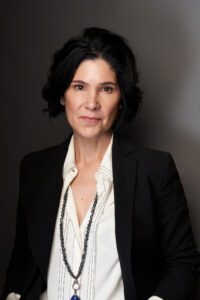
Jennifer Betka, CMO at Rinse: I think of Rinse as a technology-forward brand focused on solving for laundry and dry cleaning as a delivery service. It’s been around for over a decade and is serving about a dozen major metropolitan cities in North America. What’s really interesting, though, is many of those markets are growing at above a 50% year-over-year growth rate. It’s clear that Rinse is at a moment that really aligns with something that’s shifting around us, and that’s one of the reasons why I am here. I’ve consistently had these moments of inflection where business has proven its product market fit, and now it’s on the verge of really scaling into category leadership.
To get to your point, why now? Well, usually the windows where businesses go from product market fit and helming the category as a leader are usually pretty narrow. And I’ve had the opportunity to lead other brands through them. It’s a really exciting time, and we’ve moved quickly to really understand the landscape and define our core customer and elevate our value proposition in a way that helps to build on that growth. And also, the distinction of the brand. We’re at a moment, and Rinse has been clear in being able to achieve its fundamentals, but it has broader ambitions. Now is the time to really crystallize its higher order value, help expand its reach and create that lasting cultural relevance. I’m really drawn to moments where I get to do that, and Rinse is at one of them.
CM: What customer insights informed the campaign?
JB: The campaign takes that ambition and understanding of our customer and the moment that we’re in, and brings it as a moment to the world. We’re just releasing the campaign and there are elements of it that are in market. It’s called “Time to be great”; that is the ethos of the campaign. “Time to be great” positions Rinse in support of intentionally designed lives.
If you think about an intentionally designed life in the world that we live in today, the complexity of our daily responsibilities … I think we can agree that we’re in a time where we have to be intentional about how we spend our time. There’s this level of unprecedented intentionality that Rinse, I think, is aptly ripe to serve and support. From the beginning, I think the Rinse founders understood this trend. They saw the potential for an industry — laundry and dry cleaning — to really modernize in a way that supports how we live today. And that underpinning is how we’re framing the idea of greatness. Greatness requires time, it requires focus. We are positioning Rinse as the brand that creates space for that.
CM: How do you describe your core customer?
JB: The campaign is based on insights that are a combination of years of listening, through both ongoing survey data and then more recently from customers who generously shared time with me one-on-one. It was really exciting to have those conversations. There’s one person in particular that I spoke to, her name is Victoria Black. She’s in New York. She works in the advertising industry, so perhaps she gets a chance to read this piece. But the campaign really is built around what they shared with us, this honesty and intentionality around how they live. The insight that they offered is very simple, and that’s that greatness takes time. And we’re not here to define what greatness is; we’re just here to make space for it. Laundry obviously consumes time and mental energy that could be spent elsewhere. And we’re here to really remove that burden.
And that’s why I started with Rinse as a technology-forward brand and business, because everything they have done up until now has really been in service of efficiency and enabling … Everything is as seamless as one-touch scheduling, and even the fact that our valets — you don’t have to meet them if you don’t want to — they come in off hours of the night so that you can have next-day service. There’s a lot of intentionality that’s gone into the design of the business, and that intentionality was reflected in the customers that we spoke with and in the data that they have shared with us over time.
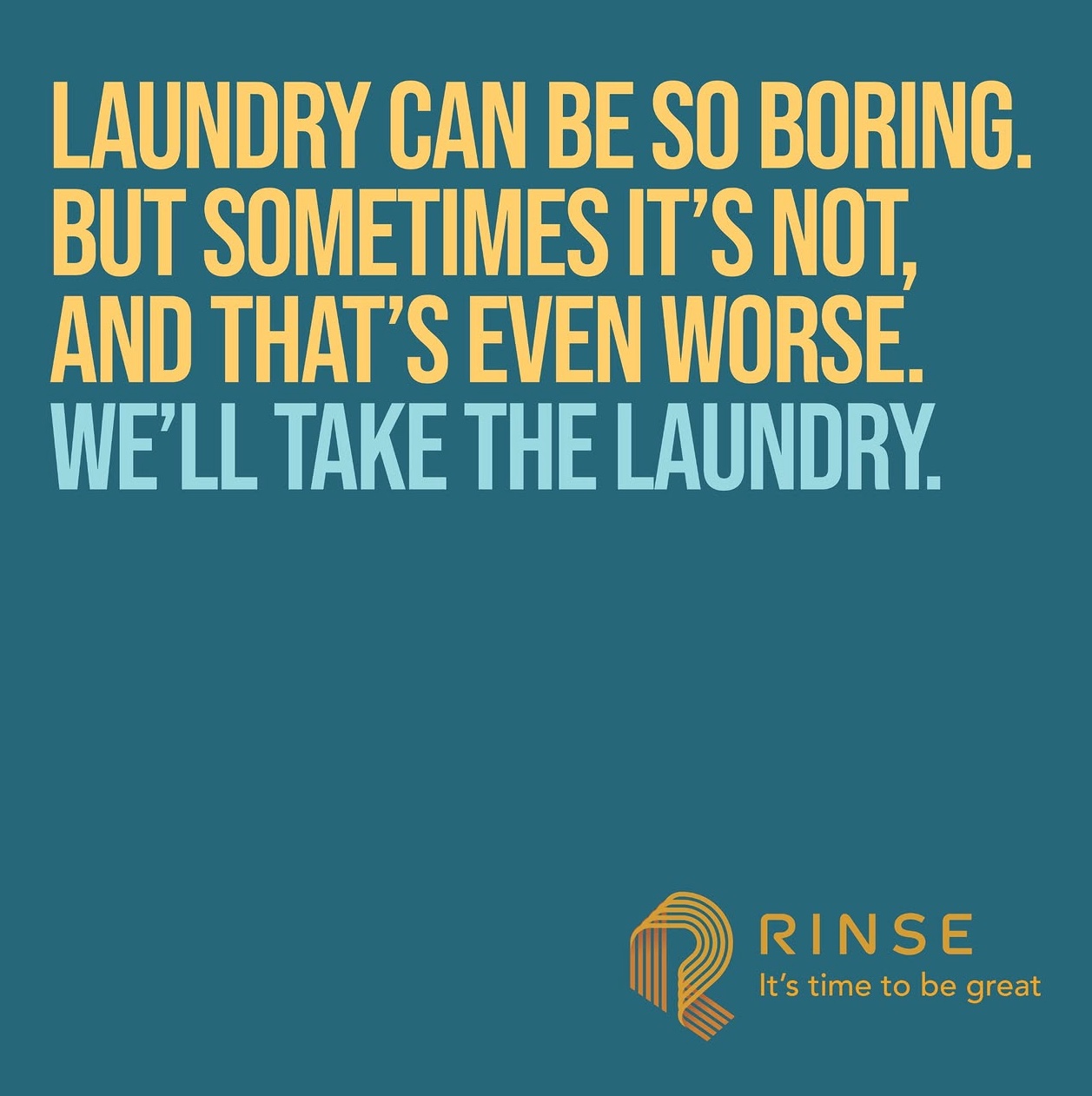
CM: When you spoke directly with customers, how did those in-person interviews come about?
JB: It was about two dozen. In those annual surveys we ask if they would be willing to share any other information with us. Based on the customers that said yes, and those that have had enough rounds of service with Rinse to have a deep experience, we reached out and asked if they would spare 15 to 20 minutes of their time. We did give them credits in their account for doing that.
What I found is that they were all really thoughtful. They all have definitely designed their lives around what is important to them. I don’t want to be cliche in any way, because they were all very unique individuals, but what was fascinating is that there was a reflection of the efficiency, seamlessness and intentionality that has gone into building Rinse, which really showed up in these customers.
We spoke over video and I asked them to start off by sharing how they describe themselves. And that’s usually a moment where they’re like, whoa, how do I describe myself? So that brought us into a very human connection. And I asked them a little bit about how they think about their closet. Do they think about their clothes with an intention of getting the most out of their closet? The longevity of their clothing? I wanted to touch on how they think about sustainability, how they think about care of clothing, but I didn’t want to ask it in an obvious way. Because I think there’s more to our clothes than just having them be clean.
CM: You mentioned Rinse is a tech-forward brand. Can you name a few ways that comes through?
JB: Everything that you would come to expect from apps that deliver convenience into your life are woven into Rinse. But in addition, it has — and this isn’t always obvious on the outside — taken a complex industry (a fairly old industry) that doesn’t have a lot of technology enabling it, and has been able to scale around that industry by working with actual existing partners in our local cities. The logistics and operations around picking up laundry and dry cleaning, going through the process of caring for it through cleaning partners, organizing that and then redelivering it in the timeframe, whether a customer chooses next day or not, is a logistical and an operational complexity that has been distilled to absolute simplicity for the customer.
CM: So a lot is the organization in the backend and tying everything together so it’s seamless.
JB: Correct. And by working with the existing partners. There’s a technology component for our partners. There’s a technology component for our valets. And then there’s a technology component for our customers. All of that gets integrated together and represents the backend of technology and infrastructure that has made it so that Rinse can scale.
CM: What are your marketing challenges within your category for this specific brand? How are you planning to set yourself apart from competitors?
JB: It’s hard for us to define competition because Rinse is operating at a unique scale. So from that perspective, the campaign isn’t designed in that manner. We are clearly differentiated at a level of how we are operating in North America. And we are differentiated in how the business is structured and the technology that I’ve already shared with you. So the challenge really is that laundry has long been viewed as a routine household task, and it’s defined by utility and transaction. Our challenge is to shift perceptions towards seeing clothing care as something more meaningful, as an essential service that can be both innovative and also deeply supportive of how people live today.
CM: How about challenges in marketing overall? As a marketing leader, what are you and your colleagues seeking to overcome?
RB: We are living in a time of unprecedented complexity for customers, for businesses and for our culture broadly. People are really having to navigate a constant flow of choices, a constant flow of information. And while resilience is often celebrated as a response to that complexity, it can also feel like a struggle. I see that as something that we’re being thoughtful about. Part of our campaign, not taking ourselves too seriously, is part of that.
But marketing has always been about easing struggle in some way. As marketers, our responsibility is to respect the people we serve by helping make choices clearer, experiences simpler, and really put forward the value of what we have to offer in a relatable and unmistakable way. And I think we’re doing that in this work. I feel that responsibility to serve our customers and our prospective customers in a way that they can understand who we are and why we’re here, and that invites them into a space that feels more empowered. I’d say that’s both the challenge and the opportunity. It’s a noisy, crowded world. Brands that succeed will be the ones that create clarity, minimize friction, and connect with people in ways that really feel human.
CM: Can you outline your plans for growth?
RB: We just launched in Toronto, which gives us a more global footprint. We’re fully operating in North America, and I’ve mentioned that many of our markets are growing at a strong clip of over 50% year-over-year growth, some of them 70% and 80% year over year. Where we are and what we’re poised to deliver is meeting the market where they’re ready for a solution like Rinse. We’ll continue to look at expanding in more markets as we go into 2026.
CM: My last question for you is about some of your previous roles and what you’ve taken from them. What are some of the skills, attributes or points of view that you’ve developed in those previous positions that you’re using at your current one?
RB: It’s not the first time I’ve been asked to move quickly. As I mentioned earlier, when businesses have that product market fit and they’re poised to scale once they’re at that moment, the only thing stopping them is having enough time and how quickly they can move. What I have learned in operating in those windows is that we have to quickly discern the landscape, define the customer and understand how to elevate the value proposition. Often businesses at this stage are used to telling the story of how they came to be and what the product is. But bringing it to the level of a true value proposition that can help expand their growth ambition, but also prove ownable and distinct, is a specialty of mine. And it’s something that I appreciate doing.
It means helping shift audiences from passive listening to more active. I learned that in on demand radio. It means shifting people from thinking about buying tickets to the value of live experiences. And then most recently when I was with an agriculture technology business, it meant helping people see agriculture not simply as a production, but appreciating it as a climate solution. So that shift in helping audiences go from one way of thinking that feels a little bit more transactional to a place that feels more relational — how it relates to them, how it relates to their values is something that I’m applying here.

